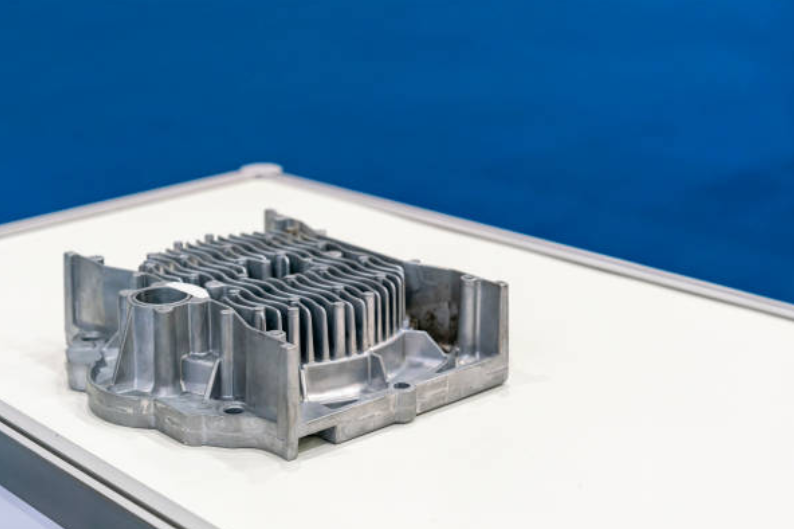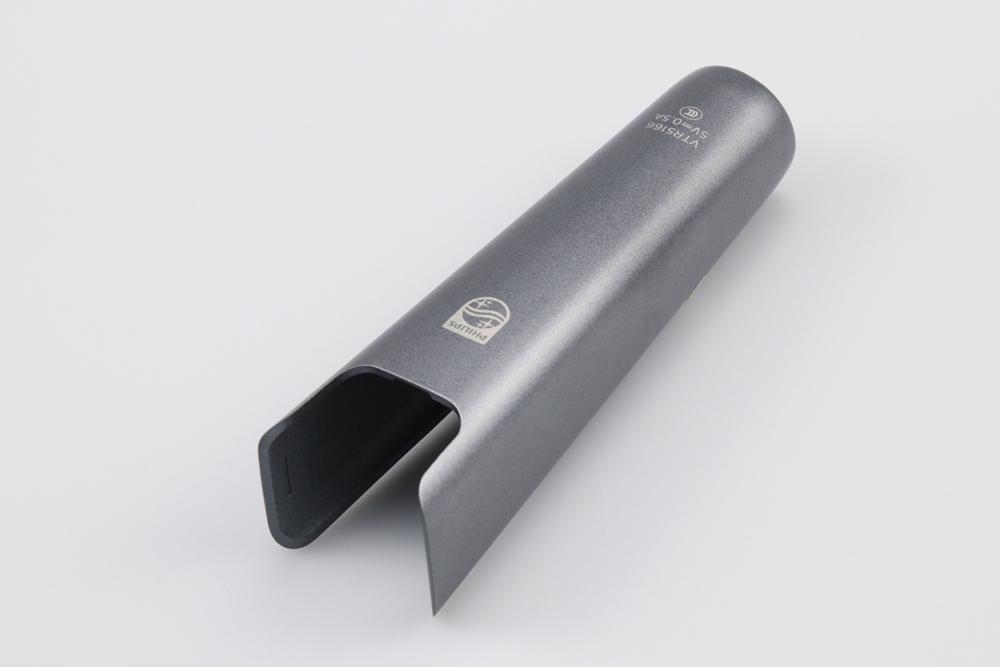How does Zamak die casting improve production throughput?
Understanding the Efficiency Advantage of Zamak Alloys
Zamak die casting is designed for speed, precision, and cost efficiency. Thanks to its low melting point and excellent fluidity, zinc die casting requires less thermal energy than aluminum die casting, allowing shorter cycle times and reduced wear on tooling. The rapid filling characteristics of Zamak alloys, including Zamak 3 and Zamak 5, ensure consistent part replication across high-volume production.
The alloy’s combination of strength and ductility minimizes secondary machining, enabling near-net-shape production. This is particularly beneficial for intricate assemblies such as locking system components and consumer electronics housings, where accuracy and surface quality directly impact assembly efficiency.
Optimized Manufacturing Process Integration
Production throughput in Zamak die casting is further enhanced through process compatibility. Zamak alloys integrate seamlessly with gravity casting for prototyping and pre-series testing, reducing design validation time before mass production. Once validated, full-scale manufacturing leverages high-pressure die casting manufacturing systems optimized for rapid ejection and cooling.
Complementary technologies such as CNC machining prototyping, sheet metal stamping, and rapid molding prototyping streamline pre-production stages, allowing toolmakers to simulate and refine mold performance digitally. This integrated workflow cuts downtime between design iterations, further accelerating throughput.
Material Characteristics Supporting Productivity
The metallurgical properties of Zamak alloys play a decisive role in improving production rates. Alloys like Zamak 7 offer low viscosity and high fluidity, ensuring excellent mold filling for intricate designs with fine features. Their low shrinkage minimizes post-processing, and their superior thermal conductivity enables faster solidification.
In applications such as automotive components or power tools, this translates to high-volume manufacturing with reduced cycle times. Additionally, Zamak’s recyclability allows efficient reuse of runner materials, maintaining environmental sustainability while preserving productivity.
Enhancing Throughput with Surface Treatments
Post-processing efficiency also benefits from Zamak’s compatibility with advanced coatings. Powder coating offers uniform corrosion protection and color consistency across batches, while chrome plating enhances surface hardness and reduces finishing rework. This minimizes production delays caused by uneven coatings or frequent surface corrections.
Industrial Applications Driving Efficiency Gains
Industries such as e-mobility, energy, and telecommunication depend on Zamak’s rapid cycle potential to meet tight production schedules. Its high dimensional repeatability allows manufacturers to maintain consistent quality in thousands of units per shift, reinforcing both throughput and reliability in automated production lines.
Conclusion
Zamak die casting improves production throughput by combining superior material flow, reduced energy consumption, and compatibility with automated die-casting systems. When paired with efficient surface treatments and pre-production prototyping, it creates a streamlined, scalable workflow ideal for high-demand industries.



